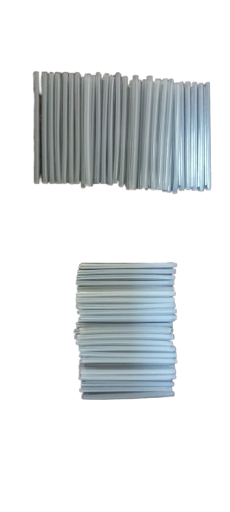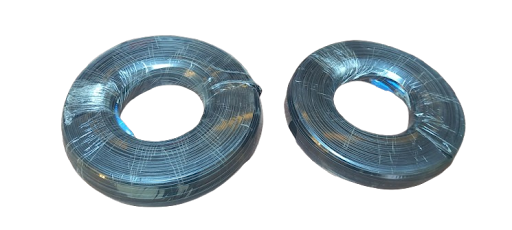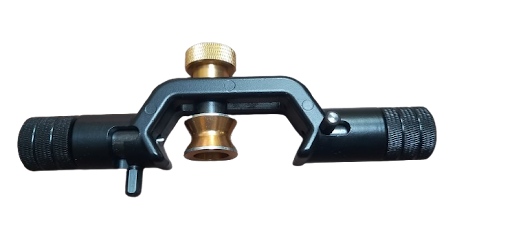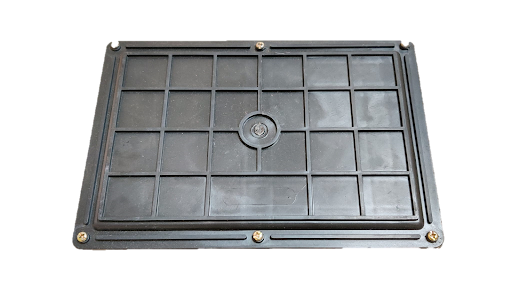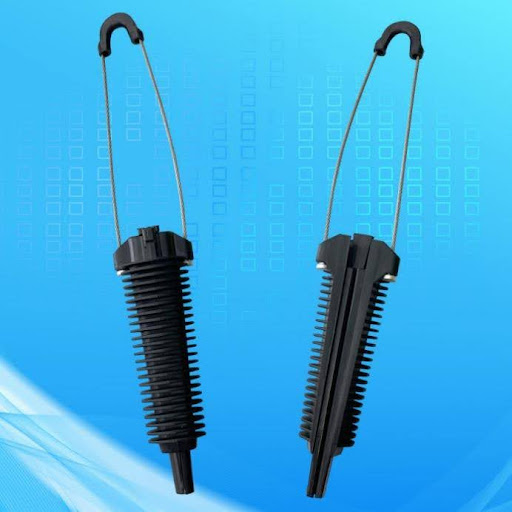- Splice protection sleeves are essential for providing mechanical protection to the fragile fusion splice, preventing damage from bending, stress, or environmental factors.
- They also help to maintain the integrity of the splice and ensure low optical loss.
- These sleeves are typically made of heat-shrinkable materials like cross-linked polyolefins or other polymers.
- Some sleeves may also incorporate stainless steel needles or other reinforcement elements.
- Various types of splice protection sleeves are available, including micro-fiber sleeves, ribbon fiber sleeves, and FTTH drop cable sleeves.
- They come in different sizes and lengths to accommodate various fiber types and splicing needs.
- After the two fiber ends are cleaved and fusion spliced, the splice is placed inside the protection sleeve.
- The sleeve is then heated or otherwise secured to create a permanent and protected splice.
- Durability: Protects the splice from physical damage and environmental conditions.
- Reliability: Ensures a strong and stable connection.
- Low Loss: Helps maintain low optical insertion loss.
- Ease of Installation: Simplifies the splicing process and ensures a quick and easy installation.
- The buffer layer is stripped to expose the fiber.
- The fiber end is cleaved to produce a clean and perpendicular cut.
- The fiber is then fusion spliced to the second fiber end and the splice reinforced with a protection sleeve.

